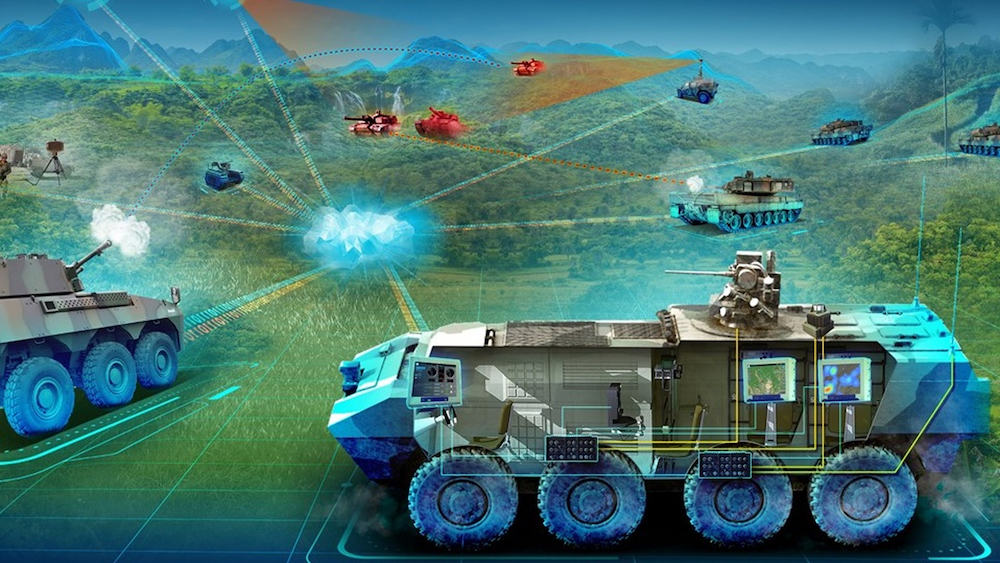
The European Defence Agency (EDA) has launched a new project focused on enhancing the technology behind Automatic Target/Threat Recognition, Identification, and Targeting for land systems (ATRIT).
The program aims to address the requirements of European militaries seeking to equip soldiers with more technologically effective weapons systems.
ATRIT can help militaries in detecting, tracking, prioritizing and selecting targets, whether off the top of a combat vehicle or from individual weapons. The technology cannot engage, however, without human command.
Led by Germany, the first phase of ATRIT will also bring together the contributing Member States of France, Greece, the Netherlands and Poland, as well as Norway. It will be carried out by a consortium led by Germany’s Rheinmetall and involves IABG, also of Germany, Safran and Thales of France, ISD SA of Greece, TNO and Thales of the Netherlands, Rheinmetall in Norway and PCO of Poland.
With a €2 million budget over 18 months, the EDA launch marks the first step in a series of ATRIT projects that eventually aim to develop and test physical demonstrators in relevant environments in a second phase.
In its first phase, ATRIT will seek to define the requirements and design the system architecture for an overarching, cross-platform capacity to allocate military targets and enhance detection and to identify threats, including on the basis of behavior. The new, improved software will have the capacity to better identify and enable automatic targeting, and also fuse different sensor data and make it easy for soldiers to use.
As a Category B project managed by EDA, the initiative is co-funded by Member States and additional participants can opt in.
ATRIT analysis in the first phase will be based on the following modules:
- Human behavior
- 360-degree situation awareness
- Integration of fused sensor information
- Target allocation
- Presentation of fused data, including real-time sensor data, C4I and historical data












